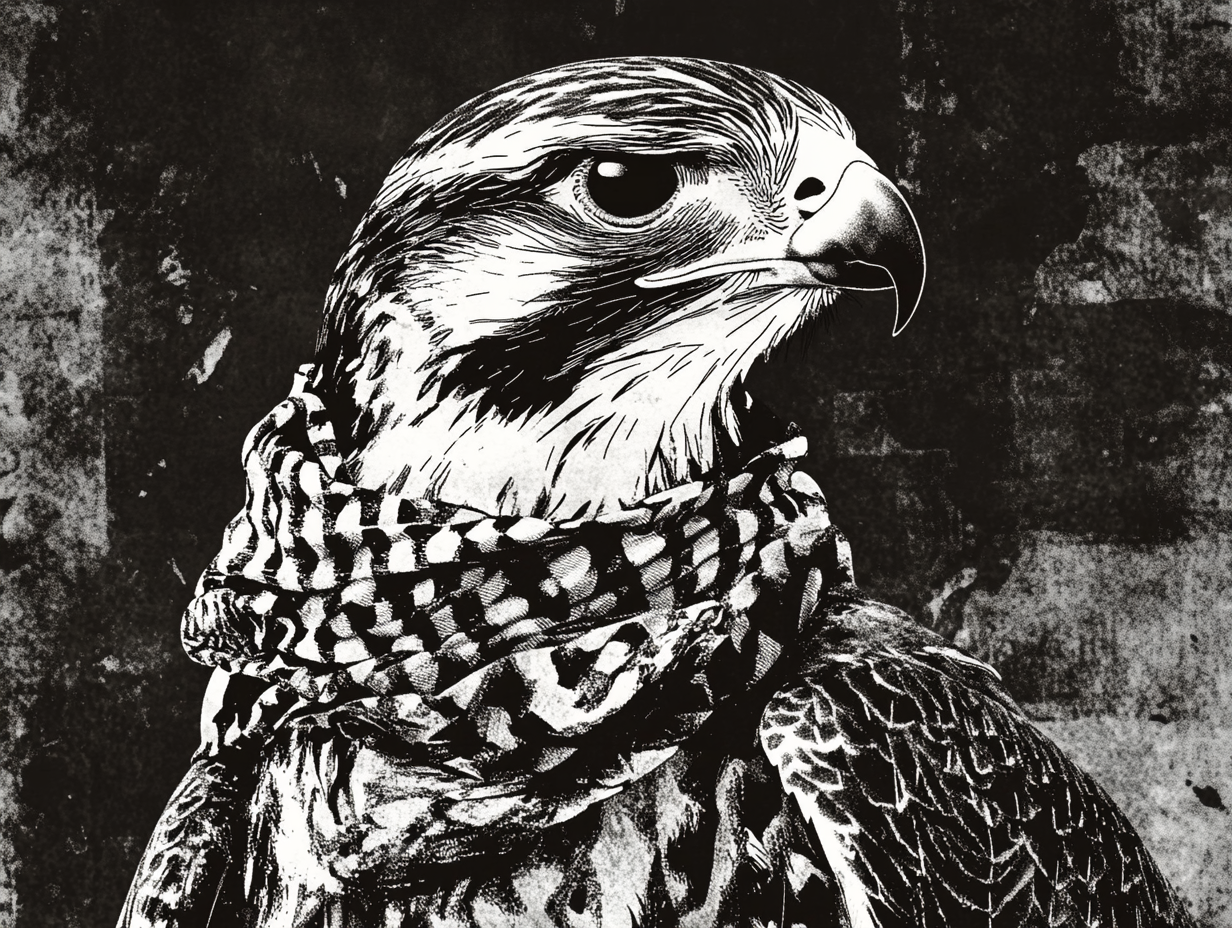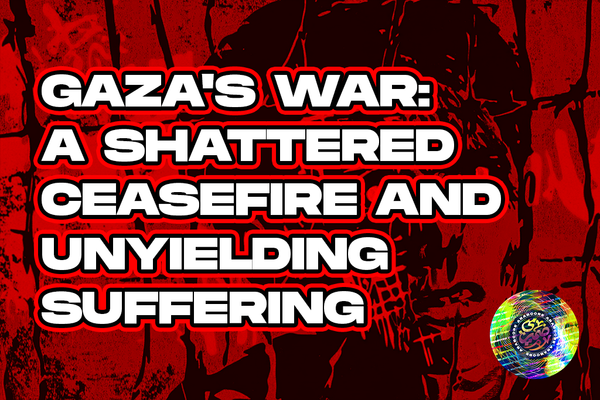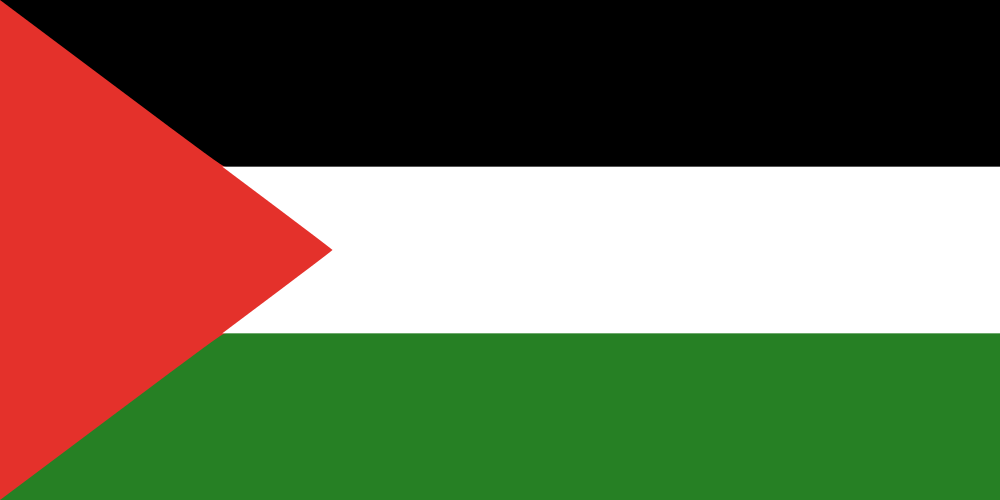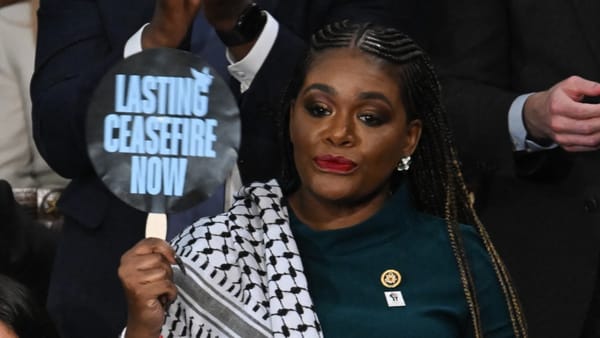The Scarf That Scares Settlers: Jesse Kline, the Keffiyeh, and the Colonial Fear of Arab Identity

By Dhamiri | Arabcore Media | May 2025
Jesse Kline’s recent op-ed in the National Post, titled “Keffiyeh-wearing kindergarten teachers create hostile environment at Toronto school,” is not just another reactionary rant against public education — it is a deeply Islamophobic, anti-Arab, and settler-colonial manifesto disguised as journalism. Beneath the coded language of "safety" and "neutrality" lies a broader agenda: erasing Palestinian identity from public spaces, framing cultural expression as violence, and using the language of victimhood to protect the supremacist logic of Zionism in Canadian schools.
Let’s make one thing clear from the outset: Kline’s article is not about children, safety, or antisemitism. It is about power. It is about narrative control. It is about silencing the Arab voice in multicultural spaces under the pretense of protecting Jewish identity — while conflating Judaism with the political ideology of Zionism. This distinction matters, and any serious analysis of his claims must begin by disentangling the lies from the facts.
The Keffiyeh: A Scarf Worn, A History Feared
To Kline, a keffiyeh is not just a scarf — it is a threat. He calls it "a symbol of violent resistance against Israeli Jews,” loaded with connotations of terrorism and extremism. But to millions across the Arab world — Palestinians, Syrians, Lebanese, Jordanians, Iraqis — and to the diaspora living in cities like Toronto, the keffiyeh is a cultural heirloom. A thread-woven tapestry of identity, belonging, and survival.
The keffiyeh did not begin with Arafat or Leila Khaled. It predates Israel. It predates Zionism. It is a Bedouin garment, worn by farmers to shield against dust and sun, long before the creation of any modern state. In Palestine, it became a symbol of unity during the British Mandate — not to promote "terror," but to resist colonial occupation. That it later became associated with resistance is not a mark of shame — it is a mark of truth.
It is the same reason Indigenous peoples in Canada wear regalia and feathers during protest. It is the same reason Black students wear natural hairstyles as symbols of resistance and pride. Culture becomes political only when the dominant class decides that visibility itself is a threat.
Toronto is Not Tel Aviv — and That’s the Point
Kline’s rage is not merely against scarves — it’s against the failure of Canadian public spaces to behave like Zionist-controlled ones. He is appalled that Pride flags and Black Lives Matter posters are visible in classrooms. He labels student activism as indoctrination. He scorns land acknowledgements and Indigenous history. All of this reveals the article’s real motive: a fear of losing cultural dominance.
Kline writes that "students spend an inordinate amount of time learning about the ‘bad white people’ in residential schools.” In other words, truth-telling is a problem — because it challenges the sanitized version of Canada he wants to preserve. The same logic applies to Palestine: acknowledgment of history becomes "hatred,” and cultural identity becomes “political.”
The Double Standard: Whose Symbols Are Allowed?
Kline claims that the Jewish Heritage Month display at the Toronto school had “nothing relating to Israel.” Yet he still finds offense at the proximity of a keffiyeh. Why? Because even without an Israeli flag, the keffiyeh’s mere presence is treated as antagonistic. This is not a complaint about displays — it is a complaint about coexistence.
What Kline really objects to is that Jewish culture had to share space with Arab identity. That a scarf worn by Palestinians, placed in a multicultural exhibit under Asian Heritage Month, dared to exist within view. That Muslim and Arab students exist at all.
Imagine if the situation were reversed. Imagine if an Israeli flag were added to the same display. Would the National Post publish an op-ed by an Arab-Canadian teacher describing it as an “inhospitable” threat to students? Would any major outlet amplify those concerns? Unlikely. Because in Canada, settler colonial narratives are still given priority. And Palestinian ones are criminalized.
Schools as Battlegrounds for Narrative Control
This is not the first time Kline or others have targeted educators who dare to challenge the colonial order. The moment a teacher wears a keffiyeh, or allows Indigenous solidarity to be part of curriculum, they are labeled as extremists. This tactic of demonizing educators is meant to produce fear-based compliance. Teachers stop wearing what they want. Students stop expressing solidarity. Schools sanitize themselves. Zionism wins.
Kline complains that the principal “had no control over her staff’s work attire.” But what he wants is not control — it is censorship. It is a demand that educators hide their culture unless it aligns with Zionist sensibilities.
What Is Actually Hostile?
The real hostility in Toronto schools is not the keffiyeh. It is the:
- Bullying of Arab, Muslim, and racialized students for expressing identity
- Harassment of educators who support human rights for Palestinians
- Silencing of Indigenous and Black history under the guise of "neutrality"
- Media targeting of marginalized communities through bad-faith journalism
There is no evidence presented in Kline’s article of actual harm, threat, or hatred caused by the display. Just feelings — a discomfort with being reminded that other identities exist and deserve space.
From Palestine to Turtle Island: The Fear of Solidarity
This is bigger than Toronto. What Kline is attacking is the growing solidarity between Indigenous peoples, Black communities, and Palestinians in diaspora. This solidarity terrifies colonial systems — because it connects the dots:
- Canada’s settler colonialism did not end; it evolved.
- Zionism is an extension of the same colonial logic.
- The keffiyeh is a symbol not of terror, but of anti-colonial resistance — and that is what makes it dangerous to the state.
It’s no coincidence that Kline cites a TDSB talk featuring author Hatem Aly — a critic of Israeli policies — as problematic. Or that he implies Palestinian educators are trying to sabotage Jewish Heritage Month. These are the classic techniques of colonial propaganda: conflate identity with extremism, silence the oppressed, and accuse them of "creating division."
Conclusion: Whose School Is It Anyway?
Let’s be clear. If Jesse Kline gets his way, Arab students will be told their identity is too controversial. Muslim teachers will be pushed out. Indigenous stories will be minimized. Solidarity will be censored. And the keffiyeh — a harmless, beautiful piece of fabric — will become a red flag in a school hallway.
But we’re not backing down. Palestinian culture is not a threat. Solidarity is not terrorism. And a scarf is not the problem — settler fear of the future is.
This moment matters. Not just for Arabs or Muslims. But for every community that has ever been told their story doesn’t belong in the classroom.
Because when the settler gets scared of a scarf, you know the story is working.
Arabcore Media will continue defending cultural expression, decolonial truth-telling, and youth-led solidarity in all its forms.
Written by Dhamiri | Arabcore, May 2025
All rights reserved | arabcore.shop | @dhamirimusic



